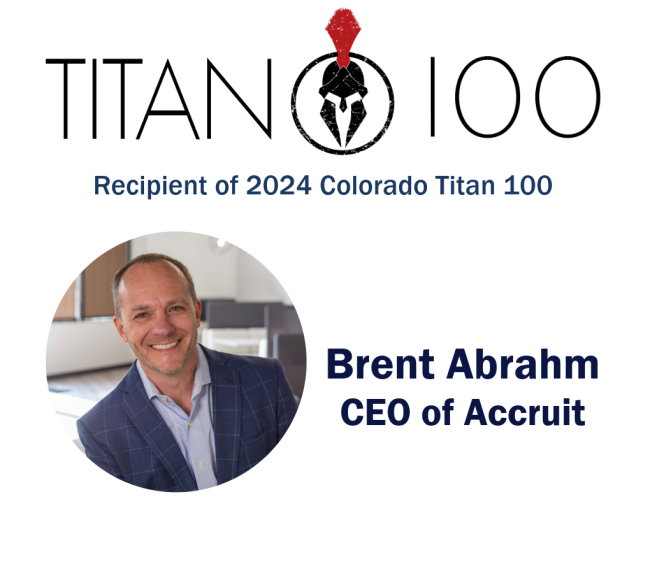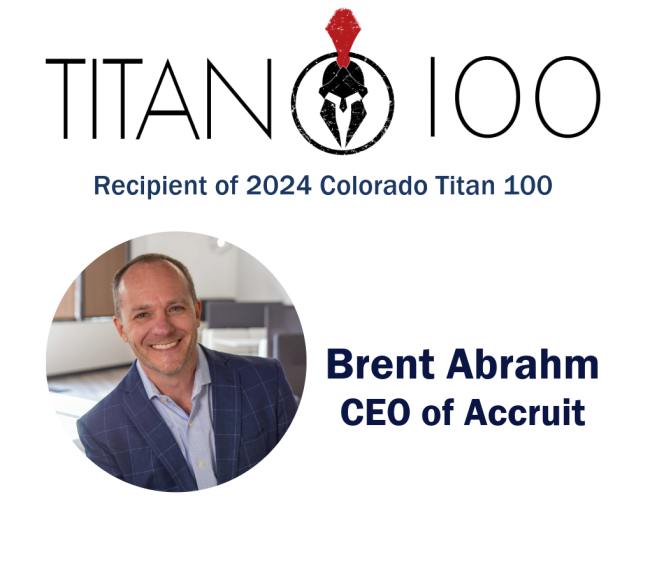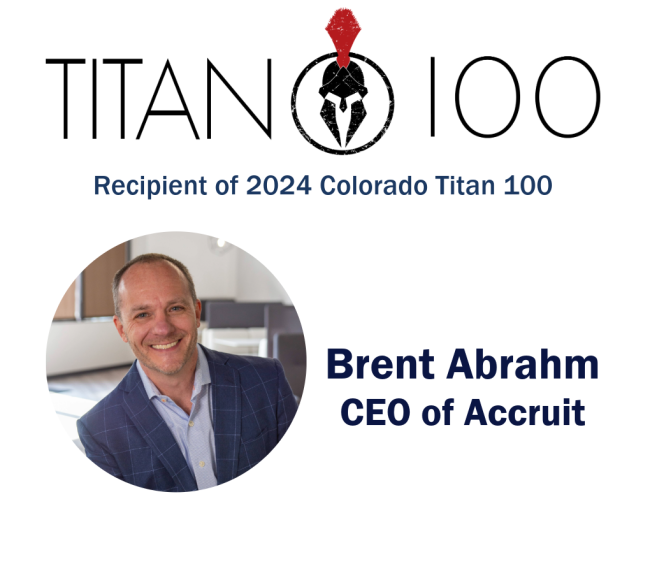Real estate investors understand the importance of strategic decisions to enhance their portfolios and maximize returns, but the owner of one business property or family-owned land might not be as familiar with these practices. One powerful tool at a property owner’ s disposal is a 1031 exchange, a provision in the Internal Revenue Code that allows you to defer capital gains taxes, depreciation recapture, state tax, and net investment income tax when selling an investment or business property and reinvesting the proceeds into qualified replacement property. In this article, we’ll look at different scenarios of selling a property held for investment or business use and utilizing a 1031 exchange to reinvest in various property asset classes, including a rental house, an industrial warehouse, and a Delaware Statutory Trust (DST).
Understanding a 1031 Exchange
Before we dive into the specifics of each asset class, it’s crucial to understand the fundamentals of a 1031 exchange. This tax deferral strategy enables investors to defer taxes that would otherwise be associated with the sale of the property, by reinvesting the sale proceeds into qualified replacement property within a specified time frame. To qualify for a 1031 exchange, the Relinquished Property and the Replacement Property must both be held for productive use in a trade or business or for investment and held by the same tax entity.
Key Requirements for a 1031 Exchange:
Like-Kind Property: The Replacement Property must be of like-kind to the Relinquished Property, but this does not necessarily mean identical. For example, you can exchange a commercial property for a residential property. For purposes of a 1031 exchange, all business or investment property is like-kind.
Identification Period: Within 45 days of selling the Relinquished Property, you must identify potential Replacement Property(ies) in writing, following one of the three available https://www.accruit.com/blog/what-are-rules-identification-and-receipt-… rules.
Closing Period: The Replacement Property must be acquired, and the exchange completed, within 180 days from the sale of the Relinquished Property.
Now, let’s explore the potential of reinvesting in different asset classes as Replacement Property in a 1031 exchange.
Potential 1031 Exchange Reinvestment Scenarios
Before we dive into examples of reinvestment options through a 1031 Exchange, let’s look at investment scenarios that do not involve a 1031 Exchange.
Let’s assume a property owner inherited family land and has personally owned, or held, the land for 20 years. Due to urban expansion, the property owner has been offered $2 million by a developer to sell the land. The value of land when inherited was $1.2 million, so upon the sale of land, roughly $230,000 would be owed in Capital Gains Tax, State Tax, and Net Investment Income Tax without a 1031 Exchange. The property owner has reinvestment options that do not involve like-kind property. Some of the most common avenues include, stocks and bonds, mutual funds, and Exchange-Traded Funds (ETFs).
Let’s look at the estimated annual returns for each of these avenues. Note, the total reinvestment into these avenues is roughly $1,770,000 due to the taxable event without a 1031 Exchange.
Stocks and Bonds:
Average Return: Stocks historically yield an average annual return of 7-10%, while bonds offer a more conservative but stable return ranging from 2-5%.
Total Annual Return: Based on the above averages total annual returns could be expected from $35,400-$177,000 annually.
Mutual Funds:
Average Return: Historical average annual returns for mutual funds typically range between 5-8%.
Total Annual Return: Based on the above averages total annual returns could be expected from $88,500-$141,600 annually.
Exchange-Traded Funds (ETFs):
Average Return: Historical average annual returns for well-diversified ETF portfolios tend to align with stock market performance, around 7-10%.
Total Annual Return: Based on the above averages total annual returns could be expected from $123,900-$177,000 annually.
Potential 1031 Exchange Reinvestment Scenarios
Now, let’s explore the potential returns of reinvesting in different asset classes as Replacement Property in a 1031 Exchange. By utilizing a 1031 Exchange for the real estate transaction the reinvestment requirement for full tax deferral is the $2 million sale price.
Rental House Investment:
One of the most common choices for investors utilizing a 1031 exchange is the acquisition of a rental house. Residential real estate offers stability, potential for appreciation, and a consistent income stream through rental payments.
Potential Annual Returns:
Appreciation: Historically, residential real estate has shown steady appreciation. On average, the annual appreciation rate for single-family homes in the United States has hovered around 3-5%.
Rental Income: The rental market’s performance varies by location, but a well-chosen property in a desirable area can provide a steady rental income. A conservative estimate for annual rental yield is between 4-6% of the property’s value.
Total Annual Return: Based on the above averages for Appreciation and Rental income, a total between 7% – 11% annual returns could be expected, equating to $140,000-$220,000 annually.
Tax Benefits: Besides deferring capital gains taxes, rental property owners can benefit from tax deductions, such as depreciation, mortgage interest, property taxes, and operating expenses.
Industrial Warehouse:
Investing in industrial real estate, particularly storage warehouses, offers unique advantages. The growing demand for e-commerce and logistics has increased the appeal of this asset class, providing investors with the potential for both appreciation and robust rental income.
Potential Annual Returns:
Appreciation: Industrial real estate has witnessed strong appreciation in recent years due to the increasing reliance on online shopping and the need for efficient logistics. Annual appreciation rates can range from 6-8%.
Rental Income: Industrial storage warehouses can generate substantial rental income, especially in prime locations. Rental yields may range from 6-8%, depending on the specific market and property characteristics.
Total Annual Return: Based on the above averages for Appreciation and Rental income, a total between 12% – 16% annual returns could be expected, equating to $240,000-$320,000 annually.
Long-Term Leases: Industrial tenants often sign long-term leases, providing stability and a consistent cash flow for investors.
Tax Benefits: Similar to a rental home, an industrial warehouse would also provide benefits from tax deductions, such as depreciation, mortgage interest, property taxes, and operating expenses.
Delaware Statutory Trust (DST):
For investors seeking a passive approach to real estate ownership, Delaware Statutory Trusts (DSTs) offer an intriguing option. A DST is a legal entity that holds title to real estate assets, allowing investors to own a fractional interest in a larger, higher quality property than they could purchase on their own, without the day-to-day management responsibilities.
Potential Annual Returns:
Appreciation: Historically, institutional-grade properties including apartment complexes, retail centers, and commercial buildings of properties have shown average annual appreciation rates ranging from 3% to 5% in stable markets over the long term.
Annual Return: DSTs typically focus on income-producing properties, such as apartment complexes, commercial buildings, or retail centers. Investors on average can expect between a 4-9% annual rate of return.
Total Annual Return: Based on the above averages for Appreciation and annual return income, a total between 7% – 14% annual returns could be expected, equating to $140,000-$280,000 annually.
Tax Benefits: DST investors generally receive an annual statement from the Sponsor allocating the investors share of depreciation, mortgage interest, property taxes, and other tax benefits.
Diversification: DSTs provide diversification by allowing investors to own a portion of multiple properties within a single investment. This diversification can mitigate risks associated with a single property or market.
1031 Exchanges Impact on Return on Investment
In conclusion, utilizing a 1031 Exchange to transition from one property to another is a strategic move for property owners or investors looking to optimize their real estate investments. By carefully considering the potential returns and characteristics of traditional investments compared to like-kind real estate investments, investors can increase their reinvestment and tailor their real estate investments to align with their financial goals and risk tolerance.
Before embarking on a 1031 Exchange, it is crucial to consult with tax professionals, legal advisors, and real estate experts to ensure compliance with regulations and to make informed decisions. Additionally, market conditions and investment landscapes can change, so staying informed about current trends and conducting thorough due diligence is essential for long-term success in real estate investing.
A well-executed 1031 Exchange can not only defer four levels of tax but also serve as a catalyst for diversification, capital growth, and enhanced income streams within a carefully curated real estate portfolio.
The material in this blog is presented for informational purposes only. The information presented is not investment, legal, tax or compliance advice. Accruit performs the duties of a Qualified Intermediary, and as such does not offer or sell investments or provide investment, legal, or tax advice.









